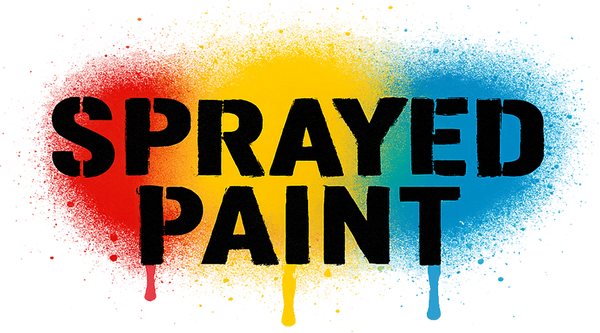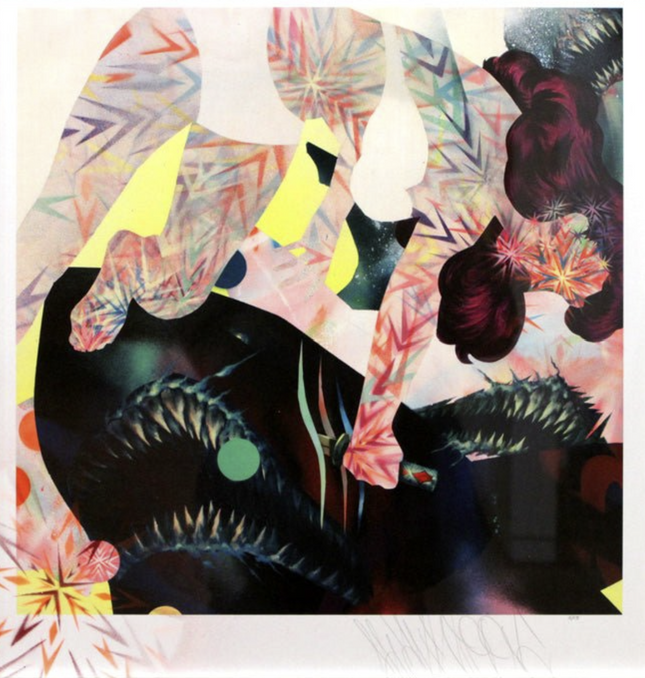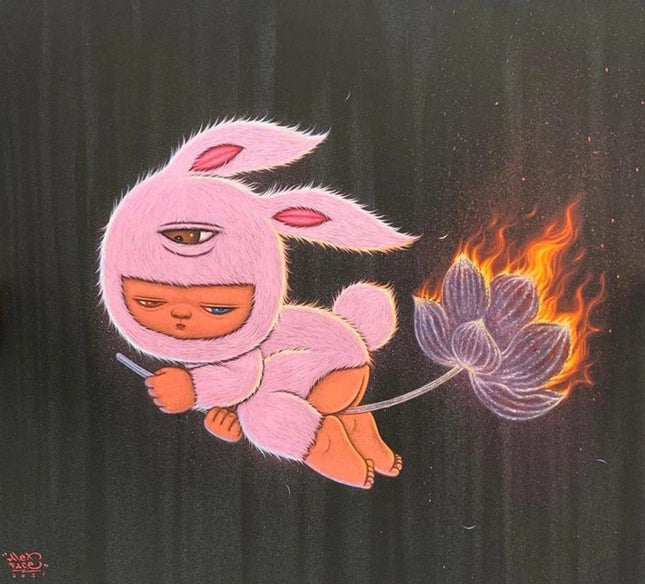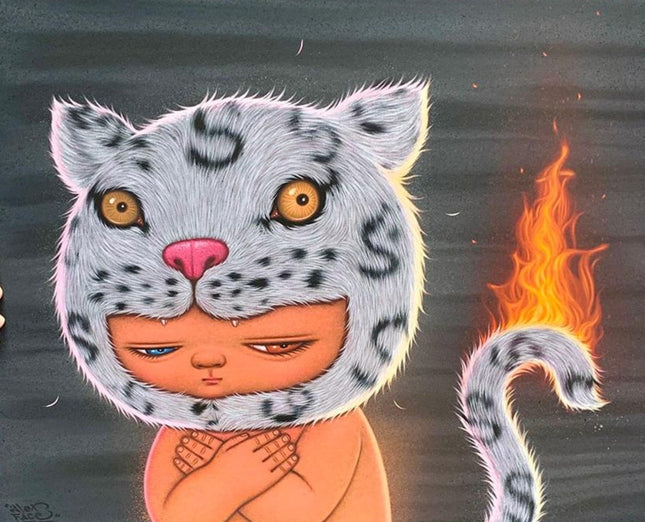
Thailand – Cultural Layers and Urban Voice in Street Pop Art & Graffiti Artwork
Thailand has emerged as a dynamic epicenter for Street Pop Art & Graffiti Artwork in Southeast Asia, blending centuries-old traditions with contemporary visual rebellion. The country’s streets, alleyways, abandoned buildings, and public walls have become canvases for a new generation of artists who use aerosol, stencils, stickers, and character-based compositions to speak to political realities, spiritual heritage, and urban chaos. Thai artists have developed a language that fuses Buddhist symbolism, local cartoon aesthetics, royal imagery, and Western pop iconography, resulting in a uniquely localized yet globally resonant visual culture. This environment has become fertile ground for commentary on class, control, capitalism, and censorship, giving rise to a movement that is colorful, critical, and unmistakably Thai.
Characters, Satire, and Resistance in Bangkok Walls
The heart of Thailand’s graffiti and pop art movement beats loudest in Bangkok, where artists transform crowded cityscapes into zones of confrontation and celebration. Characters are everywhere—masked birds, mutated animals, sad-eyed robots, and hybrids of cultural symbols occupy walls as emotional avatars. These figures do not merely decorate; they provoke. Artists such as MUEBON and Alex Face deploy highly stylized mascots to address state surveillance, inequality, addiction, and consumer fatigue. Their work combines humor with resistance, subverting traditional narratives using approachable forms that disarm before they confront. Street Pop Art & Graffiti Artwork in Thailand often leans on metaphor, allowing complex issues to be coded in characters, color schemes, and text placement that blend satire with direct visual impact.
Traditional Aesthetics Reimagined in Modern Formats
What distinguishes Thailand’s contribution to Street Pop Art & Graffiti Artwork is its ability to remix traditional aesthetics without erasing their significance. Artists pull from temple murals, hand-painted signage, Buddhist iconography, and Thai typography to create layered compositions that feel both ancient and new. These references are not decorative—they carry historical weight. The juxtaposition of traditional gold leaf patterns with dystopian cartoon figures speaks to a nation grappling with transformation, power shifts, and cultural preservation. Many works incorporate Thai script to emphasize local voice and to communicate with native viewers, giving the work a deeper contextual resonance beyond its graphic appeal. Murals become narrative tapestries, each symbol acting as a fragment of identity caught in motion.
Thailand as a Global Voice Through Local Mark-Making
While rooted in Bangkok and Chiang Mai, Thailand’s street pop and graffiti artists are exhibiting globally, producing fine art prints, installations, and participating in international mural festivals. Yet their message remains distinctly Thai. The work speaks of street vendors, floods, economic protests, and spiritual rituals with a visual language that holds its own next to Western graffiti giants. This growing recognition does not dilute its message—it amplifies it. Thailand’s Street Pop Art & Graffiti Artwork tells stories of place, people, and persistence through every spray line and sticker drop. It exists as a dialogue between sacred tradition and urban critique, between spiritual symbolism and graphic confrontation. Artists working in this space are not mimicking global trends; they are rewriting them, using Thai identity, humor, and resilience as the foundation for a world-class visual movement.







